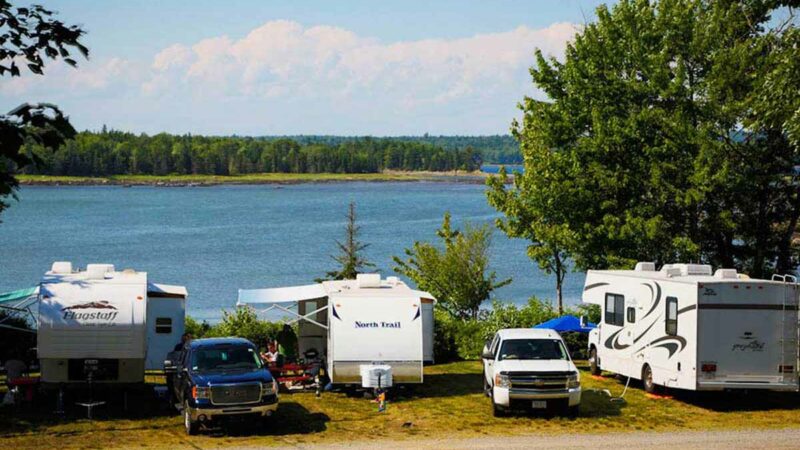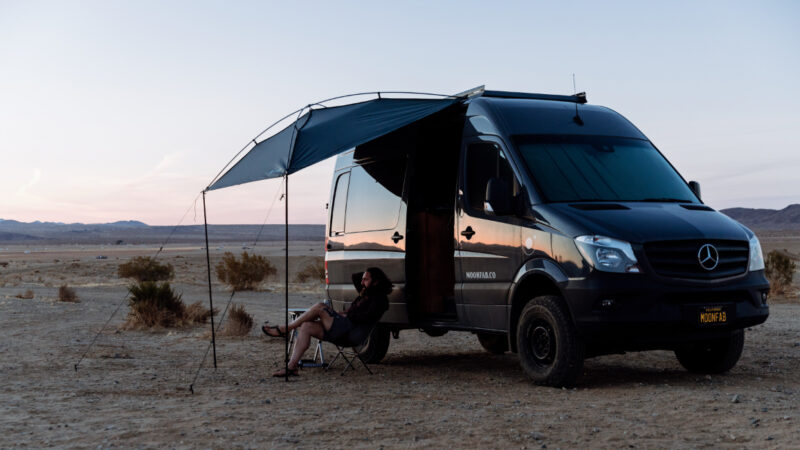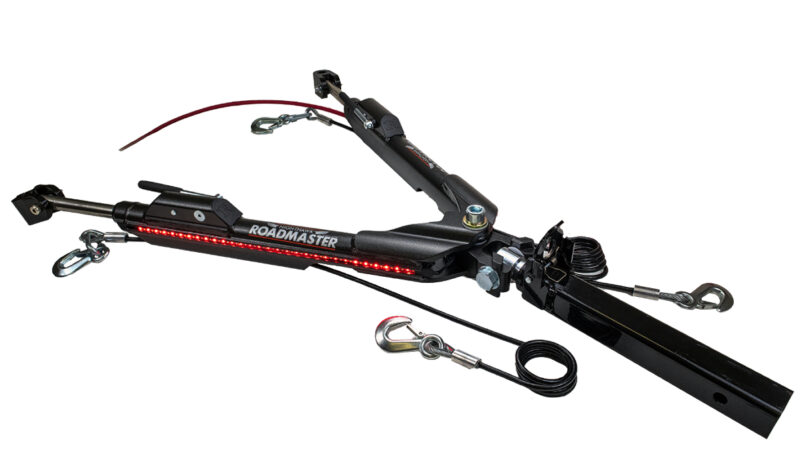RV Towing 101: Tips, Advice, and Information to Keep You Safe on the Road
In the RV world, almost everyone is towing something. (About 4 out of 5 RVs sold in the nation are towables of one sort or another.) We’ve gathered some essential knowledge, answers to common questions and a few clutch products, so you can roll forth with confidence.

Photo Credit: Getty Images
Tow Ratings: What You Need to Know
There’s no doubt about it: Towing thousands of pounds down the highway is a serious responsibility. There are potential dangers to you, your passengers and everyone else on the road. Fortunately, there’s a lot of information available as a built-in safeguard to the practice.
Tow ratings are provided by manufacturers to ensure that their vehicles are used properly and safely. Trying to tow a trailer (or dinghy vehicle we’ll cover dinghy towing in more depth in a later issue) that is too heavy or large for the tow vehicle can lead to expensive breakdowns, even dangerous failures.
Overloaded vehicles often have brake and automatic transmission failures, which can cost thousands of dollars and ruin trips. Plus, warranties may not cover damages caused by exceeding manufacturer limitations. If a vehicle and its load are not balanced and distributed correctly, uncontrollable swaying (fishtailing) and jackknifing can occur—potential liabilities to drivers.
All of which is to say: Knowledge is power here. Before buying a tow vehicle, motorhome or trailer, take the time to thoroughly read the brochures and/or check the specifications online. Here are a few things to keep in mind:
Trailer tow ratings are typically higher for fifth-wheel trailers than for bumper-pull trailers. Do not confuse the two.
Tow ratings vary considerably between various option packages, engines, axle ratios and models. Take the time to look up your vehicle’s combination of features exactly.
Basically, what you’re trying to do is find the right, safe combination of tow vehicle and towed RV, fitting these various specs together into a viable package.
Several key acronyms are essential for towing safety:
- Gross vehicle weight rating (GVWR) is the maximum allowable loaded weight of a given vehicle. That’s counting passengers,
cargo and fuel. - Gross axle weight rating (GAWR) is the maximum allowable weight for a particular axle to carry.
- Gross combination weight rating (GCWR) is the maximum allowable weight for the combined vehicle and trailer.
- Maximum tow rating is the most weight a tow vehicle may pull. A 2024 Toyota Tacoma, for example, is rated to tow up to 6,500 pounds though it’s not a good idea to literally max-out towing capacity. Better to aim for something like 80 percent of the factory tow-limit rating.
- Maximum tongue weight is the most weight that can be applied to a particular conventional ball-type trailer hitch. Maximum pin weight is the most weight that may be applied to a fth-wheel hitch.
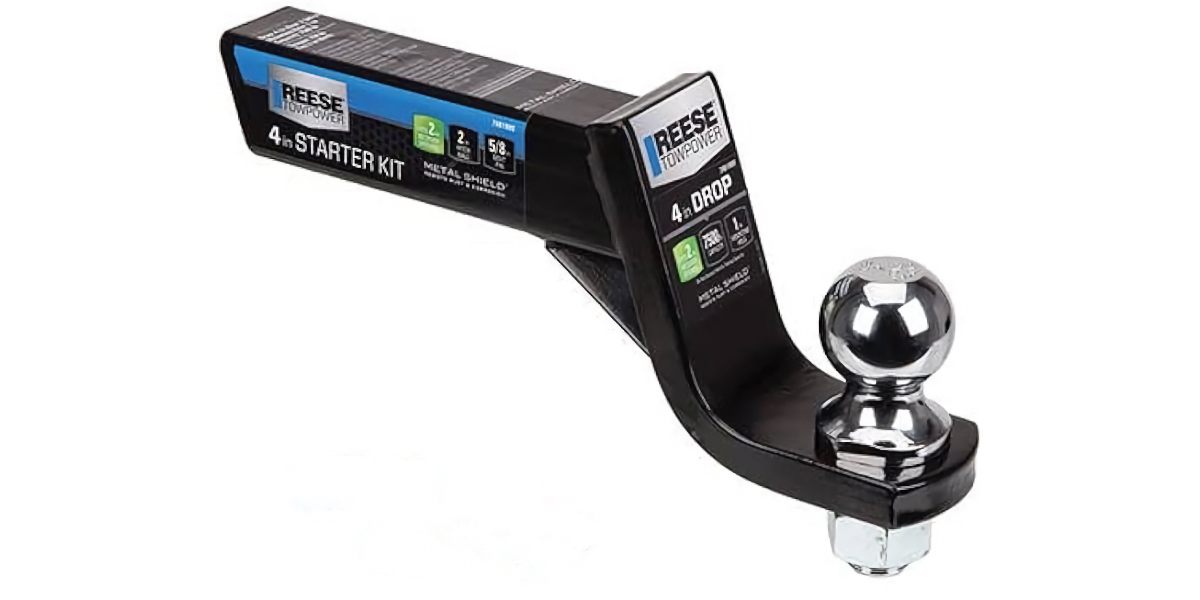
Photo Credit: Reese
Hitches
For a towable RV, choosing the right trailer hitch is essential. Many conventional hitch-type trailers put enough tongue weight on the tow vehicle that a weight-distribution hitch is needed. (Brands to look for: B&W, Curt, Draw-Tite and Reese.) These help move some of the hitch weight forward to the front axle, helping to balance the load and prevent rear-end sag. Ensure that you match the weight rating of the hitch bars to the tongue weight of the trailer.
Fifth-wheel hitches come in many types and ratings. Always use a hitch rated for more than your trailer weighs. Many pickup trucks today come with short beds, and some sort of sliding hitch is needed to allow the towing vehicle to make sharp turns without the front of the trailer corners hitting the back of the cab. The most convenient models can be adjusted remotely from the cab.
Another important thing to know is that the weakest link determines the strength of the “chain.” For example, if your tow vehicle has a maximum tow rating of 7,000 pounds, but has a hitch rated for only 5,000 pounds, your maximum towing capacity is limited to 5,000 pounds. Conversely, if your tow vehicle has a hitch rated for 10,000 pounds, but the vehicle tow rating is only 7,000 pounds, then you are limited to the lower number, in this case 7,000 pounds. Consult with your RV dealer or hitch installation shop for further information.
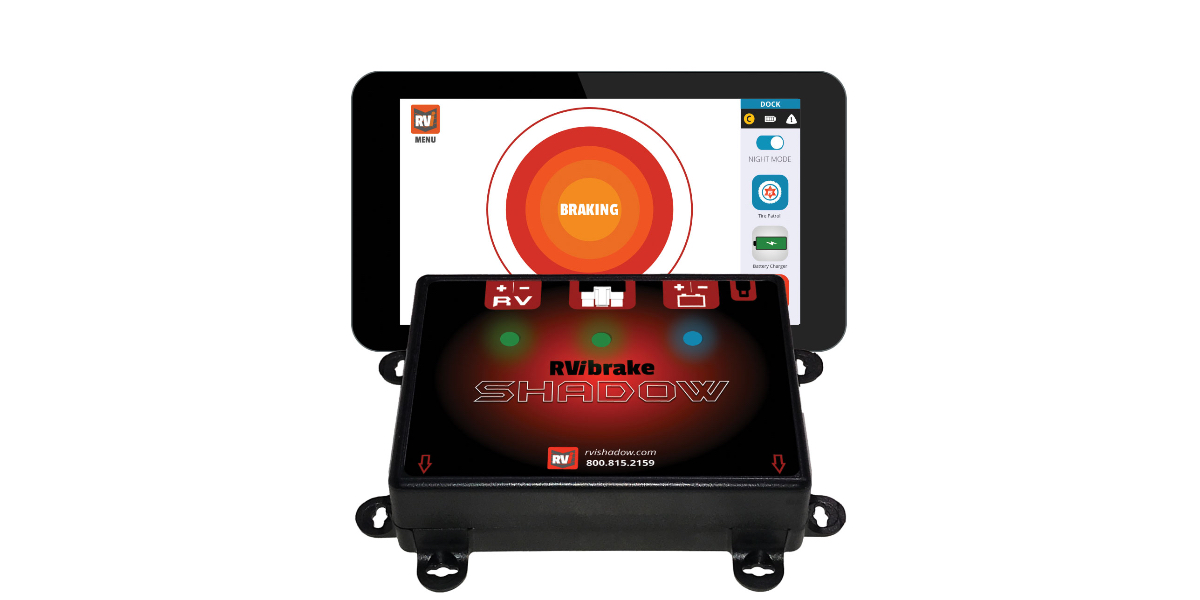
Photo Credit: RVi Brake
Brake Controls
Most RV trailers come with electric brakes (hydraulic “surge” brakes are typically found on boat trailers and rental cargo trailers). If you have electric trailer brakes, you will need a brake control. Many newer tow vehicles come with them from the factory. If not, you will need to purchase one. (Names to know: Tekonsha, Hopkins, Redarc, Curt and Reese.) I strongly recommend choosing a “proportional” control, which matches trailer braking application to the tow vehicle’s rate of deceleration, rather than a so-called time-based unit that ramps up trailer brake force over time.
Towing Q&A: Answers to a Few Common Questions
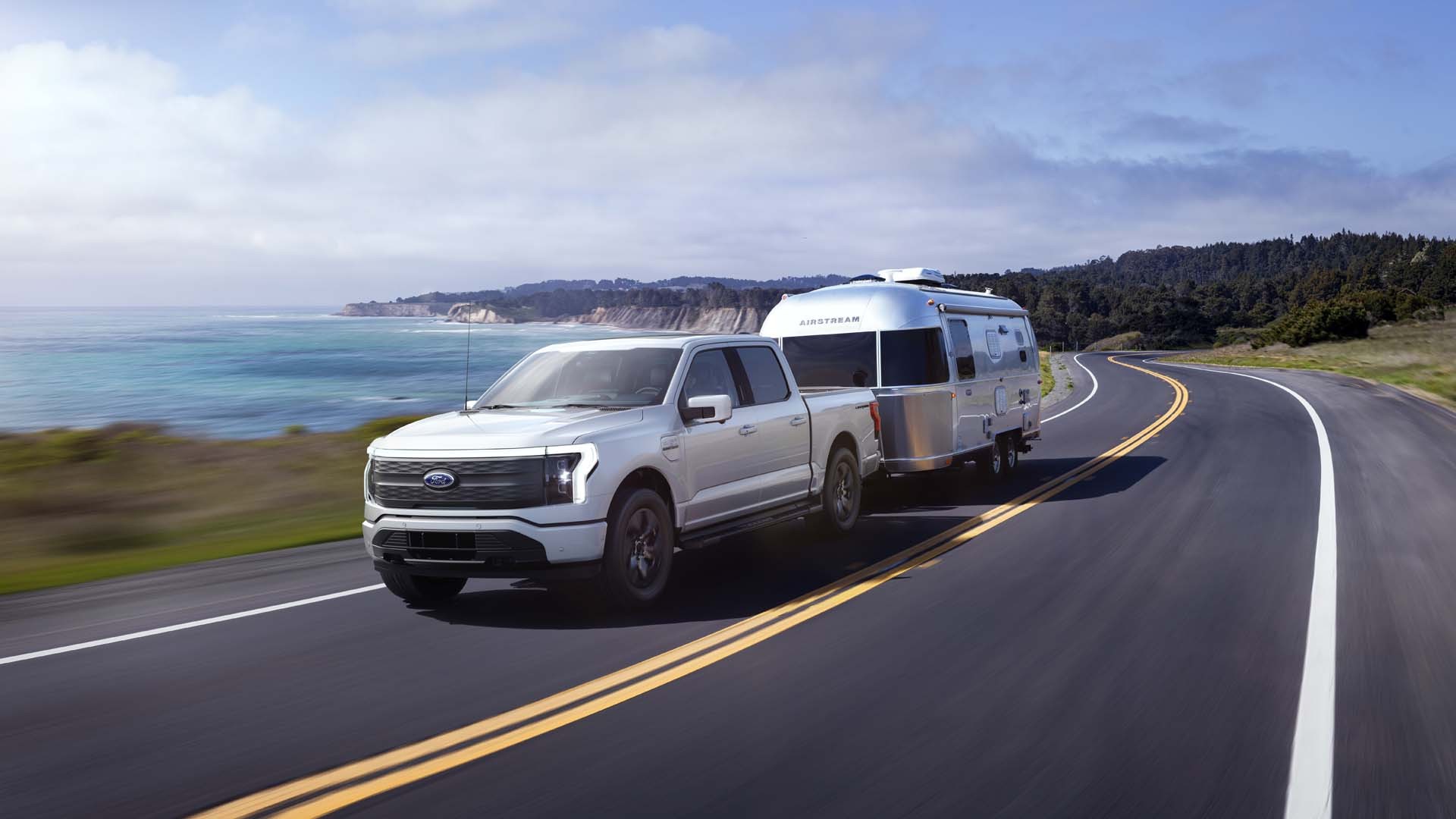
Photo Credit: Ford
Single vs. Double Axle
Q: I’ve towed double-axle travel trailers for many years with load levelers and a three-quarter-ton truck. No issues. I’ve seen a lot of the West. I’m downsizing to a new Chevy Colorado pickup and thinking that a single-axle travel trailer may give me a lot of porpoising bounce. Is that true? How would load levelers work in that case? I’m looking for the best ride in my travels and getting the most trailer for my new weight restriction.
—Lee Smith, Twain Harte, CA
A: Keep in mind that a Colorado pickup is actually similar in size and tow rating to older American full-size pickups, particularly so-called half tons. It’s not a mini-truck. The 2025 Colorado offers a range of towing ratings based on options. If you have lightweight towing needs, the WT and LT trims are rated up to 3,500 pounds. The TurboMax engine provides an impressive tow rating of 7,700 pounds—the highest for any midsize pickup truck. I would say there are more concerns with single-axle trailers swaying or fishtailing under certain driving conditions, compared to multi-axle trailers. I recommend using at least a friction-type sway control to ensure straight-line tracking.
Porpoising is more a function of the types of suspension on the trailer and tow vehicle. For example, rubber torsion axles respond to bumps differently than leaf-sprung axles Spring rates and travel, tire types and capacity vs. load weight all affect ride quality. Longer leaf springs provide more wheel travel over bumps, and therefore can provide a more stable ride. Overly stiff tires or over-inflation also can cause a bouncy ride. Another big factor is that some trailers don’t come with shock absorbers (however, aftermarket retrofit kits are readily available to remedy this).
You mention “load levelers.” There are many types, including air-bag type springs, added leaf type “helper” springs, etc. These can be used to level the ride height. But for ride quality and safe towing, make sure the trailer weight is balanced and not too heavy or light on the hitch weight. It should be around 10-12 percent of total trailer weight. Use a truck scale to measure axle and hitch weights. If your truck sags in back due to hitch weight, consider using a weight-distribution type hitch with spring bars matched to the tongue weight. This moves hitch weight forward so it is shared with the front axle, which helps stabilize the vehicle and improve ride. Load levelers don’t shift weight forward.
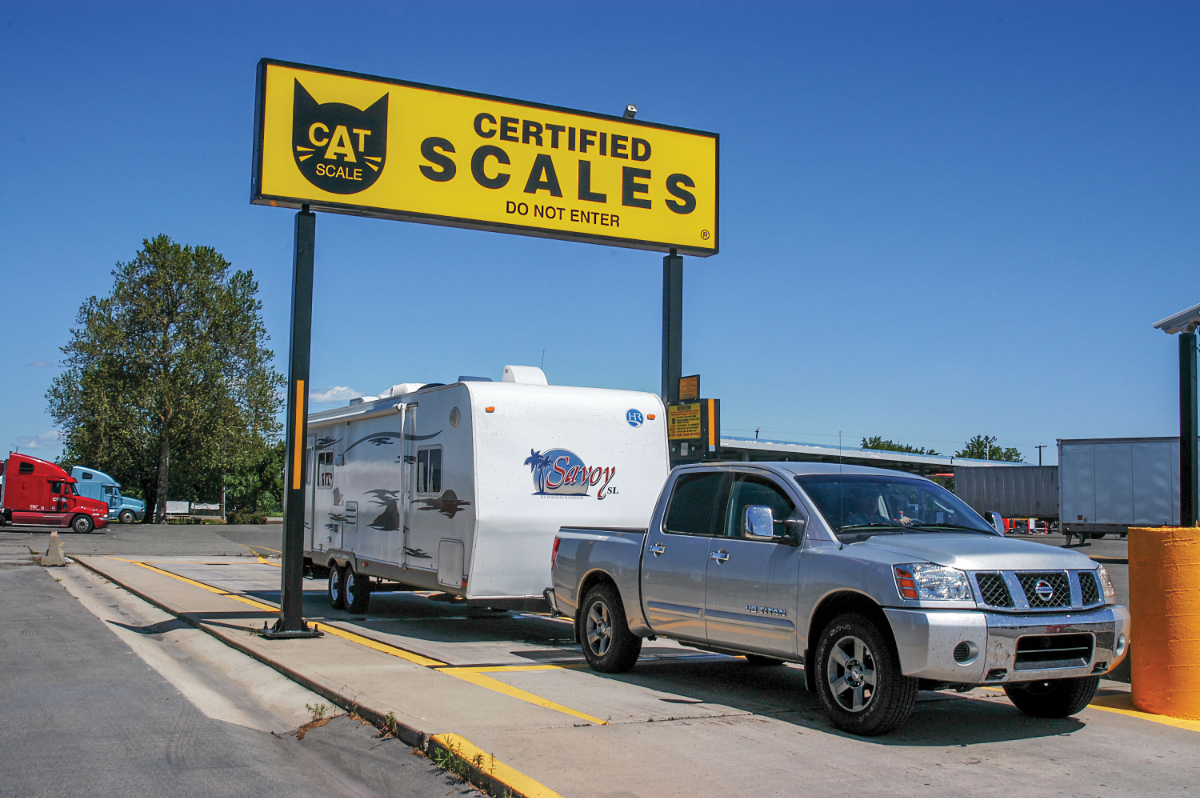
Photo Credit: Jeff Johnston
Tire Pressure Monitoring System
Q: I owned a 2020 travel trailer with a factory-installed tire-pressure monitoring system. I would pressurize my 14-inch tires to 62 PSI. On one summer trip, with temps in the 90s, a one-year-old tire suffered a blowout. Before the mishap, the TPMS indicated 68 PSI—and 142 degrees (The other tires showed similar pressure, but were at least 10 degrees cooler.) After that, I kept the cold pressure to 60 PSI.
In 2024, I traded that RV for a newer trailer, with a newer version of the TPMS installed. I keep cold pressure for my 15-inch Goodyears at 60 PSI. But as with my previous trailer, one tire runs 10 degrees hotter than the others, with higher tire pressure on hot days. This makes me nervous. The TPMS sensors are clamped to the inner wheel rim. Is it possible that the trailer brake adjustment for the hotter wheel is too tight?
—Duane Humlicek, Burlington, KS
A: Unfortunately, tire failures are all too common on RV trailers. Often, but certainly not always, the cause is low-quality imported tires that fail, seemingly, for no reason. There are other causes—overloading, under-inflation, curb or pothole impacts, misalignment, road debris and—of course—nails and other sharp hazards. Many times, blowouts are caused by continuing to drive when punctures have reduced inflation pressure, but the cause goes undetected. I recommend all RVers use tire pressure monitoring systems.
Now, to your specific question: I would say the most common cause of one tire running hotter than others would be uneven weight distribution in the trailer. Often this is caused by a heavy slideout room mechanism, or the uneven placement of holding tanks, appliances, etc. A good way to determine this is by taking the rig to a truck scale, which gives individual wheel weights. If you find that one part of the trailer is heavier, try to move things around to reduce the difference.
A dragging brake could certainly raise temperatures. A quick check: Jack up each trailer wheel one at a time and turn each one by hand. Listen and feel for a dragging brake. Another good check: Use an inexpensive non-contact infrared handheld temperature gauge (e.g., the Ames Instruments 12:1 Infrared Laser Thermometer). Hop out right after towing, and go around quickly to each wheel and tire, measuring them separately. If the center hub on one is significantly hotter than the others, there’s your culprit. If the hubs are a similar temperature, but the tire treads of one are significantly hotter, it’s more likely to be extra weight on that tire.
Another possible cause: a misaligned axle. This usually happens from bumping curbs on right turns or from big potholes. Some alignment shops will check trailers.
Ask Us Anything!
Share your tech tales and send us your questions: [email protected].
This article originally appeared in Wildsam magazine. For more Wildsam content, sign up for our newsletter.
The post RV Towing 101: Tips, Advice, and Information to Keep You Safe on the Road appeared first on RV.com.
Source: https://www.rv.com/rv/towing/rv-towing-101-tips-advice-and-information-to-get-you-started/


